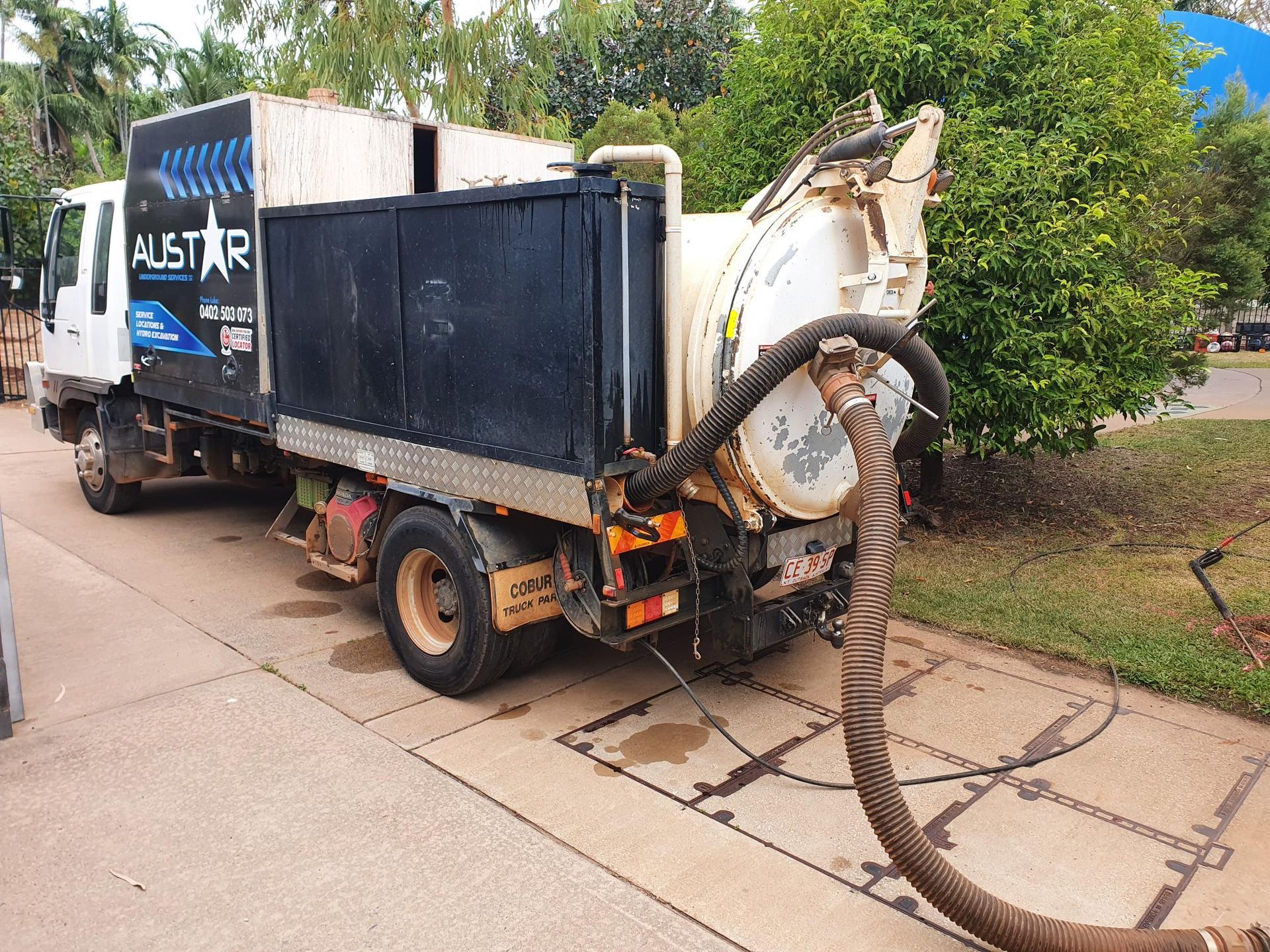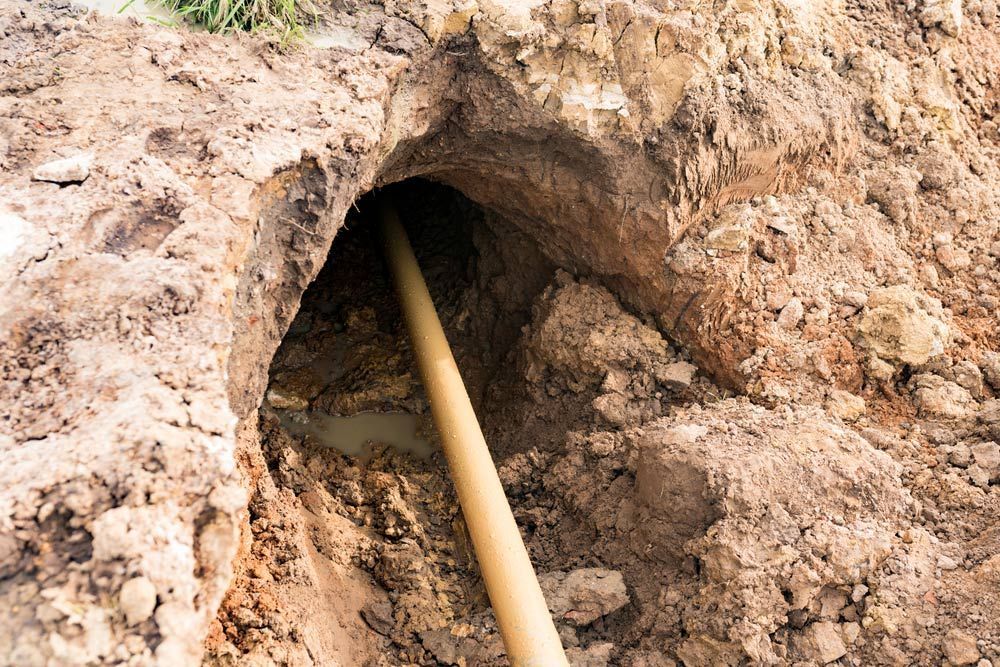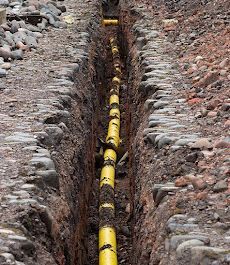Why Directional Drilling is Perfect for Darwin’s Ground & Climate Conditions
Darwin’s tropical climate and unique geology present a range of challenges for infrastructure projects. Heavy seasonal rainfall, high humidity, and diverse soil types can make traditional excavation methods costly, disruptive, and time-consuming. That’s where directional drilling—also known as horizontal directional drilling (HDD) or directional boring—comes into its own.
For civil engineers, developers, and planners working across Darwin and the Northern Territory, this trenchless technology offers a smarter, more efficient way to install underground utilities while minimising surface disruption and environmental impact. In this blog, we’ll explore why directional drilling is perfectly suited to Darwin’s ground and climate conditions.
Understanding Directional Drilling
Directional drilling is a trenchless method of installing underground pipes, conduits, and cables. Instead of digging a long open trench, a specialised drill head bores a guided path underground. Once the pilot hole is created, it is enlarged to the required diameter, and the utility—such as water mains, gas lines, electrical conduits, or fibre optic cables—is pulled through.
This process significantly reduces disruption to roads, landscapes, and built environments, making it a preferred method in urban, environmentally sensitive, or difficult-to-access areas.
Why Darwin’s Conditions Make Directional Drilling the Smart Choice
Darwin’s environment combines several factors that make HDD more effective and practical than traditional excavation.
1. Challenging Soil Types
The region features a mix of sandy soils, clay, and rocky ground, depending on location. In some areas, you’ll encounter reactive clay that swells during the wet season and contracts in the dry, while in others, there may be compacted gravel or rock layers.
Directional drilling equipment is designed to handle these variations. By steering the drill head precisely, operators can adjust to changing ground conditions without the need to excavate and expose large sections of soil.
2. Wet Season Weather
Darwin’s wet season brings heavy rainfall, which can turn open excavation sites into waterlogged hazards. Traditional trenching can be delayed for days or even weeks until the ground dries enough for safe work, which impacts project timelines.
Because directional drilling keeps most of the work underground and requires only small entry and exit pits, it can continue in many weather conditions with far less downtime. This reliability makes it a go-to solution during unpredictable wet-season scheduling.
3. Environmental Sensitivity
Darwin’s surroundings include coastal areas, mangroves, and wetlands that are home to sensitive ecosystems. Digging large trenches through these areas can cause erosion, disrupt habitats, and require costly rehabilitation.
Darwin directional drilling is far less invasive. It allows utilities to be installed under sensitive zones without disturbing the surface environment, which is crucial for compliance with environmental regulations and sustainability goals.
4. Urban Growth & Infrastructure Density
In busy parts of Darwin and its suburbs, space is limited, and existing underground services are often crowded. Traditional excavation risks damaging these assets, creating service disruptions for homes and businesses.
Directional drilling allows for precise navigation around existing infrastructure. The ability to steer the drill path in three dimensions means operators can go under, over, or around obstacles, reducing the risk of costly damage.
Key Advantages of Directional Drilling in Darwin
Aside from its suitability for local conditions, directional drilling offers a wide range of benefits:
- Minimal Surface Disruption – Roads, footpaths, landscaping, and driveways remain largely undisturbed, reducing the need for expensive reinstatement work.
- Faster Completion Times – Less excavation means faster project turnaround, which is critical for keeping developments on schedule.
- Lower Long-Term Costs – Reduced surface damage and minimal restoration work can lead to significant savings over the project’s life.
- Improved Safety – Smaller work zones mean less exposure to open trenches, lowering the risk of accidents.
- Greater Flexibility – Ideal for crossing under roads, rivers, or rail lines without causing closures or diversions.
Types of Projects That Benefit from Directional Drilling in Darwin
Directional drilling isn’t just for large-scale infrastructure—it’s used for a variety of applications across civil, commercial, and residential projects.
1. Water & Sewer Mains
Installing new pipelines or upgrading old ones without digging through roads or private property is a huge advantage for councils and developers. HDD keeps water services running smoothly during work.
2. Gas Line Installation
Directional drilling provides a secure, underground path for gas pipelines, keeping them protected from weather and accidental damage while avoiding disruption to built-up areas.
3. Electrical & Communication Conduits
With Darwin’s push towards better internet infrastructure and reliable power supply, HDD is a preferred choice for installing high-capacity conduits with minimal visual and physical disruption.
4. Crossing Under Obstacles
From major highways to tidal creeks, directional drilling can cross under natural or man-made obstacles without disturbing them, saving both time and environmental impact.
Comparing Directional Drilling to Traditional Trenching in Darwin
While traditional trenching still has its place in some projects, it often falls short in Darwin’s conditions:
- Speed – HDD generally outpaces trenching in built-up or difficult terrain.
- Environmental Footprint – Trenching can cause major surface disturbance, requiring extensive rehabilitation.
- Weather Resilience – HDD is less affected by wet-season delays.
- Flexibility – Trenching is limited by the direct line of the trench, while HDD can curve around obstructions.
For developers and planners under tight deadlines, the reduced downtime and environmental compliance advantages of HDD often outweigh the higher upfront equipment cost.
The Role of Experienced Directional Drillers in Darwin
powerful, it requires trained operators who understand both the equipment and the local ground conditions. Experienced directional drillers in Darwin can:
- Assess soil types and adjust drilling methods accordingly.
- Navigate safely around existing underground services.
- Ensure the correct depth and alignment to meet engineering specifications.
- Comply with environmental protection requirements.
Without skilled operators, the benefits of HDD can be diminished, leading to costly rework or delays.
How Directional Drilling Supports Sustainable Development
Darwin’s growth is closely linked to the need for sustainable infrastructure. HDD plays an important role in:
- Reducing Land Disturbance – Less clearing means more vegetation and habitat remain intact.
- Preventing Erosion – Keeping soil structure intact reduces runoff into sensitive waterways.
- Lowering Carbon Footprint – Faster installations and reduced machinery use for surface reinstatement mean fewer emissions.
For civil projects aiming to meet both functional and environmental goals,
directional drilling is a valuable tool.
Looking for Directional Drilling Near You?
For reliable and precise directional drilling in Darwin, Austar Underground Services offers the experience, equipment, and local knowledge to handle projects of all sizes. Our skilled team understands the region’s unique ground conditions and uses advanced HDD technology to deliver results with minimal disruption and maximum efficiency. Get in touch with us today!









